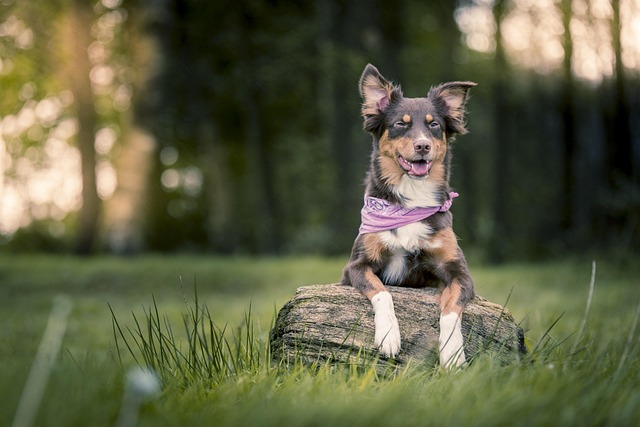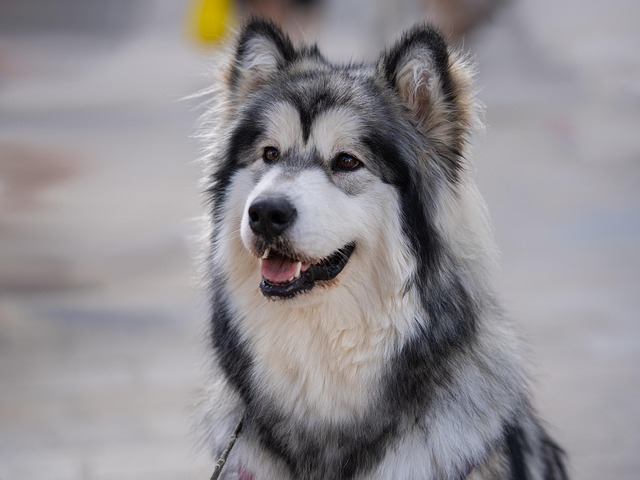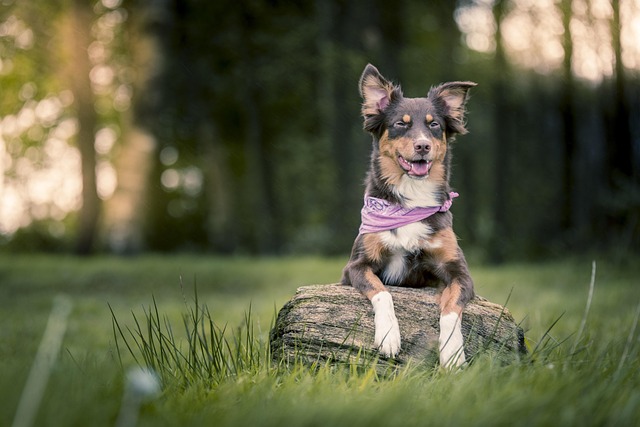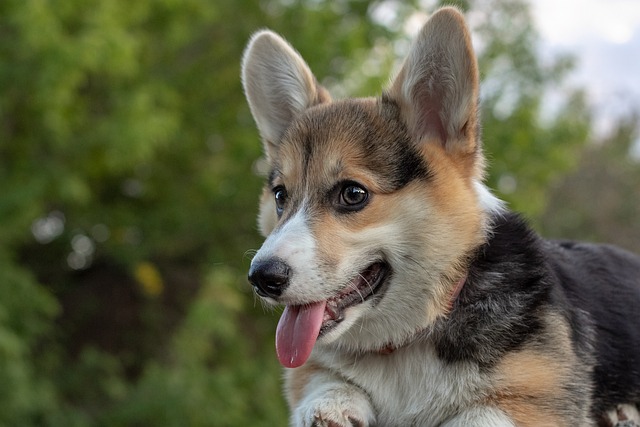
How often should you put paw balm on dogs
You’ve just bought your first tin of paw balm for your Labrador, Bailey, after noticing his pads were looking a bit rough after hikes in the Rocky Mountains.
Dental surgery leaves dogs feeling groggy, their bodies still processing anesthesia and their mouths tender from the procedure. It’s no wonder pet owners start wondering when life can get back to normal—like those daily walks that make their pup’s tail wag. But rushing into it could do more harm than good.
Most vets agree: the first 24 hours after dental surgery are for rest, not romps. Anesthesia lingers in a dog’s system, slowing reflexes and coordination. Imagine trying to walk on a wobbly floor after a long nap—your dog might stumble, bump into things, or even strain themselves without realizing it. A Yorkie in London made headlines last year after falling down stairs during an early post-surgery walk, delaying their recovery by weeks.
After that initial day, short, slow walks are usually okay—but “short” is key. Think 5 to 10 minutes, not the usual 30-minute hike. Avoid rough play or letting them tug on a leash; the pressure could jar their mouth, causing bleeding or discomfort. In cities like Paris or Toronto, where leash laws are strict, keeping control during these walks isn’t just polite—it’s legally required, even more so when your dog is recovering.
 Watch for signs your dog isn’t ready. If they lag behind, pant excessively, or try to stop and lie down, cut the walk short. These aren’t signs of laziness—they’re signals that their body is still healing. Senior dogs or those with health issues might need even more time before hitting the pavement. A golden retriever with arthritis, for example, could struggle with the extra strain on joints post-surgery.
Watch for signs your dog isn’t ready. If they lag behind, pant excessively, or try to stop and lie down, cut the walk short. These aren’t signs of laziness—they’re signals that their body is still healing. Senior dogs or those with health issues might need even more time before hitting the pavement. A golden retriever with arthritis, for example, could struggle with the extra strain on joints post-surgery.
Some regions have specific rules about taking recovering animals in public. In parts of Germany, for instance, if a vet recommends restricted activity, failing to comply could be considered neglect under animal welfare laws. It’s not just about avoiding fines; it’s about respecting that your dog’s body needs time to heal properly.
By day three or four, many dogs are ready for slightly longer walks, but always check with your vet first. They’ll consider factors like the complexity of the surgery, your dog’s age, and their overall health. A simple cleaning might mean a quicker return to normal, while extractions or gum surgery could require more patience.
Remember, walks are as much about mental stimulation as exercise. If your dog is used to daily outings, skipping them entirely might cause anxiety. Short, calm strolls—keeping distance from other dogs or loud noises—can strike the right balance. Just let your vet guide the pace, and you’ll both be back to your usual route before you know it.

You’ve just bought your first tin of paw balm for your Labrador, Bailey, after noticing his pads were looking a bit rough after hikes in the Rocky Mountains.

After a dog has a tooth pulled, their mouth needs time to start healing—and that includes knowing when it’s safe to let them eat again.

There’s nothing quite like the feeling of your dog bounding towards you, tail wagging furiously, after a long day. But as a new dog owner, you might sometimes wonder

Imagine you’re in your Austin, Texas backyard on a 95°F summer afternoon—your 2-year-old Golden Retriever, Duke, paces around his wooden dog house

Dental surgery leaves dogs feeling groggy, their bodies still processing anesthesia and their mouths tender from the procedure.

Imagine you’re in your New York City apartment, watching your 8-month-old French Bulldog, Louie, scratch his belly until his skin turns pink—he’s been doing this for a week